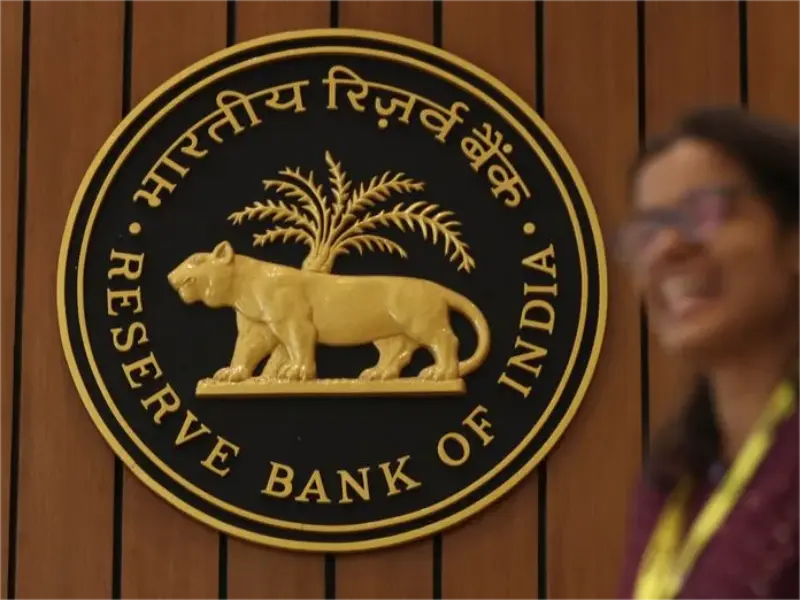- RBI has proposed additional authentication methods for digital transactions to strengthen the security of digital payments.
- Stakeholders are invited to provide feedback on a draft circular detailing the proposed authentication enhancements.
OUR TAKE
The Reserve Bank of India (RBI) recently proposed adding more secure ways to authenticate digital transactions, like fingerprints and PINs, to the existing text-based methods. This is part of a bigger effort to make digital payments safer, reduce fraud and boost consumer confidence in the digital economy. By modernising its approach to digital payment security, the RBI is proactively responding to the growing cyber threats and technological advances that are shaping the global financial industry.
–Heidi Luo, BTW reporter
What happened
The Reserve Bank of India (RBI) on Wednesday unveiled a proposal to enhance the security of digital transactions by introducing additional authentication options, according to Reuters.
Under the new guidelines, digital transactions can be authenticated using a variety of methods, including fingerprints, passwords and personal identification numbers, going beyond the traditional text-based one-time passwords (OTPs).
The move is aimed at providing a more robust framework for digital payment security, reflecting the RBI’s commitment to adapting to technological advancements and increasing cyber threats.
The draft circular issued by the RBI outlines the proposed changes and invites feedback from various stakeholders in the financial sector. The move is part of a broader effort to align India’s digital payment systems with global security practices and create a more secure environment for the growing number of digital transactions in the country.
Also read: UK and India launch ambitious Tech Security Initiative
Also read: Paytm’s loss widens as regulatory action continues to bite
Why it’s important
The Reserve Bank of India (RBI) is India’s central bank and controls the issue and supply of Indian rupees. Since its establishment in 1935, the RBI has played a pivotal role in the development of India’s financial sector, supervising its members and overseeing monetary policy aimed at maintaining price stability and ensuring the flow of credit to productive sectors.
By diversifying authentication methods, the RBI aims to reduce fraud and improve the overall security of digital payments by ensuring that the mechanisms in place are resilient to the tactics employed by cybercriminals. This proactive measure is expected to increase consumer confidence in digital platforms and support India’s transition to a digital economy.
Recently, the RBI has been active in addressing contemporary financial challenges. For example, in response to the evolving digital landscape, India is seeking to boost liquidity in shorter-term government bonds by restricting foreign investors’ access to some longer-dated bonds.
In addition, amid global financial adjustments, the RBI has been strategically managing its foreign exchange reserves to stabilise the Indian rupee and build a buffer against economic shocks.

